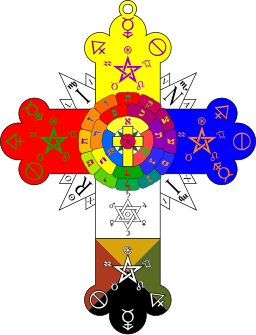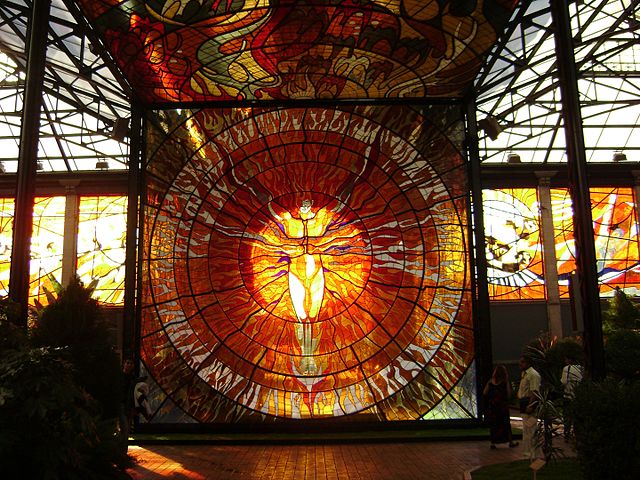I recently listened to the Glitch Bottle Podcast interview with Dr. Al Cummins on Cyprian’s Mirror and the Four Kings. It sparked some good food for thought in several different arenas, but one quote from the episode stood out especially strongly to me:
You can be paying attention to what’s going on and what you’re feeling mid-sentence…and the feel of the words and the sense of where you find yourself emphasizing things can also be ways of not just calling the spirit, but feeling the presence of the spirit. Noticing one’s own speaking voice changing as an instrumentation of measurement of the spirit’s presence and movement and virtues and things like that. So conjuration is not just about pulling a spirit to you, it’s also about feeling the rope of the spirit pulling back.
Dr. Al Cummins, Glitch Bottle Podcast Episode #114
I have encountered this phenomenon a number of times when reading invocations, and couldn’t agree more with Dr. Al’s assessment here. But the reason I wanted to highlight this dimension of experience is because long before I had my first successful scrying session and achieved two-way communication with the spirits, I began to notice this phenomenon spontaneously emerging during Golden Dawn ritual.
The words of Golden Dawn initiation rituals are scripted and static, of course, but as with any performance the art is equally in the delivery. I had been doing Golden Dawn magic for many years prior to my Adeptus Minor initiation, but shortly afterwards I noticed that I would begin to feel things as I was reciting the texts as an officer during initiation ceremonies. I would get strong emotional impressions. These would guide my reading, and my speaking voice would change as I let the impressions wash over me and fill my speech. It was like the “character” of the script inhabited me and I was a vessel merely conveying that which was given to me. And as I yielded to these intuitive pulls, I found that the intensity of the overall initiation experience became much greater–for myself as well as for the initiate.
It wasn’t until later, when I started doing Trithemian-style spirit conjuring, and started having encounters that weren’t on scripted rails, that I started putting the pieces together as far as recognizing the real significance of these initial experiences. As psychologized as the Golden Dawn system has sometimes become, it can be easy to forget that we are still dealing with godforms, and when we assume those godforms in ritual we are effectively inviting them to inhabit us in precisely the ways that I have experienced–and in the same ways that Dr. Al describes with reference to invocations in the grimoires.
The thing is, nobody prepared me for this experience. Nobody recognized it when it was happening and let me know that while what I was experiencing was new, it was not only perfectly normal but a desirable and intended consequence of the rituals themselves. I had to connect these dots on my own. When you have weird and new experiences in the magical arena, it can help to be able to contextualize them and recognize that they are an expected part of the journey. The Golden Dawn system is great as a system, but it often does a less than stellar job in practice of actually laying out the benchmarks of experience by which you can recognize magical attainment or encounter.
So for any of you out there who find that you feel the ceremonies more deeply than usual, that you instinctively inhabit those roles and that the feelings of the words and the interactions wash over you like a wave compelling you to swim with them, don’t second-guess yourself: embrace the feeling, run with it, and allow it to well up within you. What you are feeling is real. Provided that you’re able to maintain the necessary degree of control over the experience to keep it from disrupting the ritual rather than merely informing it, you will almost certainly find as I have that it adds an entirely new dimension to the experience of initiation. And if you are a Golden Dawn magician, this is likely to be your first taste–on training wheels–of what it’s like to begin spreading your wings and soaring magically.





















